While exact recent percentages fluctuate, Zimbabwe consistently faces significant power deficits, often importing a substantial portion of its electricity, unlike some Southern African Development Community (SADC) neighbours with more stable grids. For instance, countries like South Africa, despite its own challenges, historically possess more robust generation capacities.
Zimbabwe’s energy supply has struggled to keep pace with demand, impacting industrial output and daily life. In a major move to bridge this gap, Zimbabwe is set to receive a substantial energy boost with independent power producer Huoyuntong Investments (Private) Limited applying to establish a 300-megawatt (MW) coal-fired thermal power plant in Kwekwe.
This ambitious project is strategically positioned to bolster the nation’s energy infrastructure and is seen as vital for achieving Zimbabwe’s industrialization and economic growth targets under Vision 2030. The Zimbabwe Energy Regulatory Authority (ZERA) confirmed the application, submitted in adherence to regulatory requirements. The proposed power station will be located at Indarama Mine in the Midlands Province, designed to seamlessly integrate into the national grid and significantly enhance electricity reliability and availability across the country.
Huoyuntong Investments plans to construct, own, operate, and maintain the facility, which will include a 15-kilometre triple-circuit 400kV transmission line. This new line will connect the plant’s dedicated Huoyuntong Substation to the Sherwood B Substation, complete with necessary infrastructure for smooth integration.
The development aligns directly with the Zimbabwean Government’s broader infrastructure development strategy, which identifies reliable energy as a critical enabler for economic transformation. Sufficient power is fundamental for supporting key sectors such as mining, agriculture, and manufacturing, all essential for the country’s aspiration to achieve upper middle-income status by 2030.
While global scrutiny on coal-fired power plants due to environmental concerns is growing, Zimbabwe is adopting a pragmatic energy strategy. The nation is concurrently developing renewable energy sources like solar and hydro, while strategically leveraging its extensive coal reserves to meet essential baseload electricity demand and stimulate economic expansion. The licensing process is transparent, with ZERA inviting public and stakeholder input, ensuring the project adheres to all legal, technical, and environmental standards.

